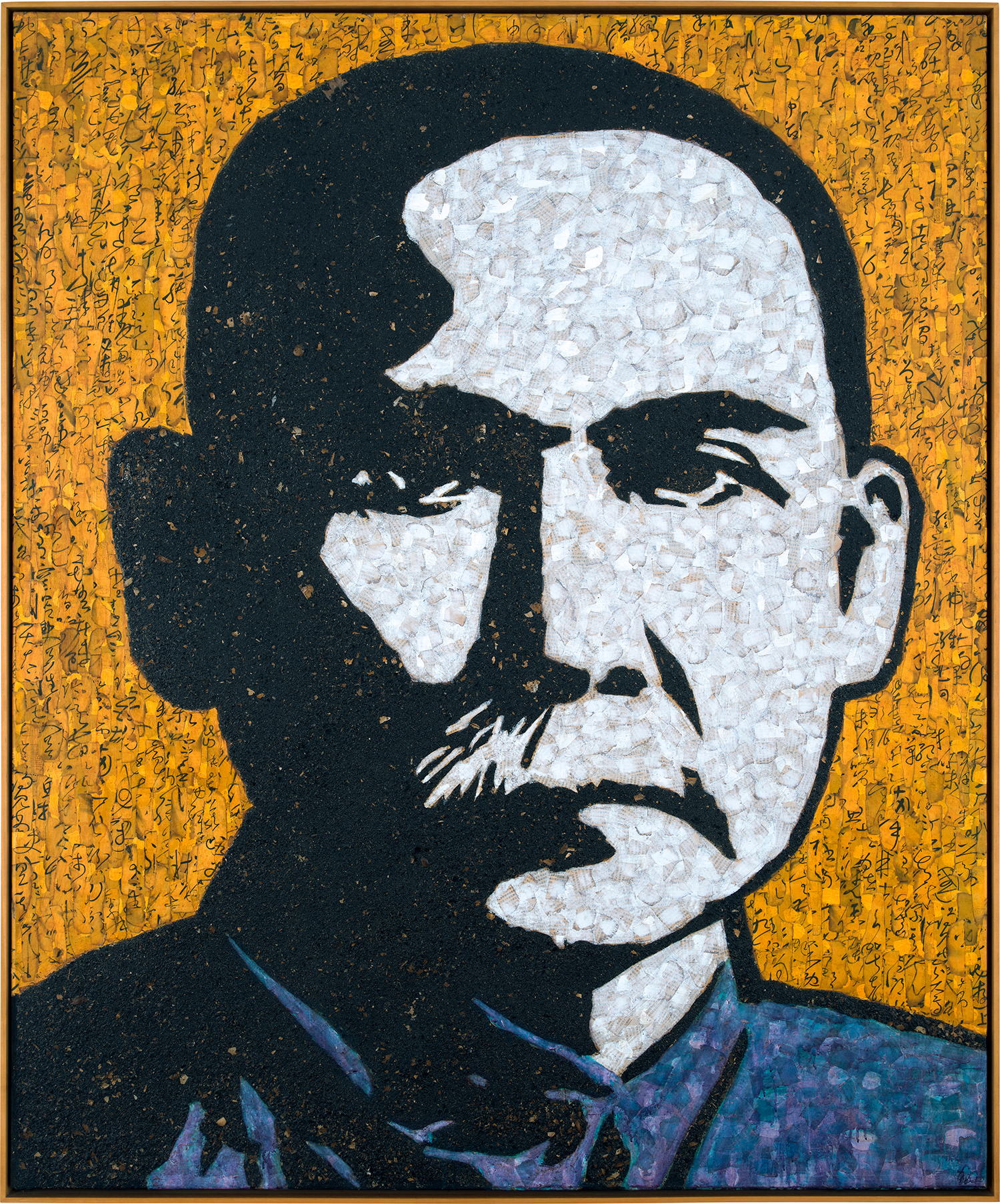



DAW CHINESE CONTEMPORARY ART COLLECTION
65Ж
Xue Song
Sun Zhongshan
signed, titled, inscribed and dated 'Celebrity Series "Sun Zhongshan" [both in Chinese] Xue Song [in Chinese and Pinyin] 2001.' on the reverse
mixed media and paper collage on canvas
180.2 x 150.5 cm. (70 7/8 x 59 1/4 in.)
Executed in 2001.